 On paper, Starship Samurai seems like a game I’m just going to love. It combines a great sci-fi theme (who doesn’t love sci-fi) and mashes it up with a Japanese theme (which I always enjoy). In Starship Samurai, you control a space faring clan warring for honor and the support of lesser clans. Awesome right? Especially because you get giant samurai mechs!
On paper, Starship Samurai seems like a game I’m just going to love. It combines a great sci-fi theme (who doesn’t love sci-fi) and mashes it up with a Japanese theme (which I always enjoy). In Starship Samurai, you control a space faring clan warring for honor and the support of lesser clans. Awesome right? Especially because you get giant samurai mechs!
The theme is there, but is it fun? Time to find out! Starship Samurai is an area control war game for 2-4 players that takes about 60 minutes to play. Starship Samurai plays best at 3-4 players.
Gameplay Overview:
Each player in Starship Samurai gains control over one of the four clans (different in theme only), but players start they game by drafting 2 samurai mechs. Each mech has a special power and unique mini.
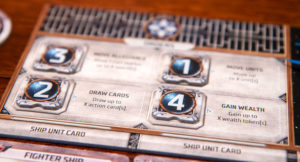
Games of Starship Samurai are played over a series of rounds (based on player count) with each round being broken up into 3 phases.
During the Player Turn Phase, each player takes a turn in a clockwise manner. On their turn, the player first checks to see if they have an area majority at any of the locations, if they do, they gain the rewards from that planet. Usually this is allegiance in one or more of the lesser clans.
Then they take one action (Move Units, Draw Cards, Move Clan Markers, Gain Wealth). Actions are resolved by using an order marker (labeled 1-4), and the number on the order marker will be the strength of the action. So if you use a 3 order token to draw cards, you will draw three cards. The player can also play 1 order card from their hand as a free action.
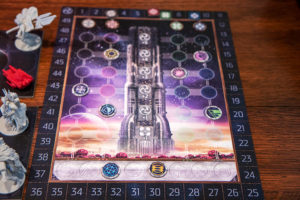
After each player has had four turns, the battle phase begins with a battle at each location. Players in the battle are also allowed to play one battle card to improve their strength. The player with the higher strength (based on units at the location and battle cards) claims the planet, gains 5 victory points, and the planet’s reward. They then remove all their units back to their supply from the planet (leaving the loser’s units there).
Finally the round ends with a cleanup phase. The game ends after all the planets in the deck have been claimed. A final scoring happens and the player with the most victory points is the winner.
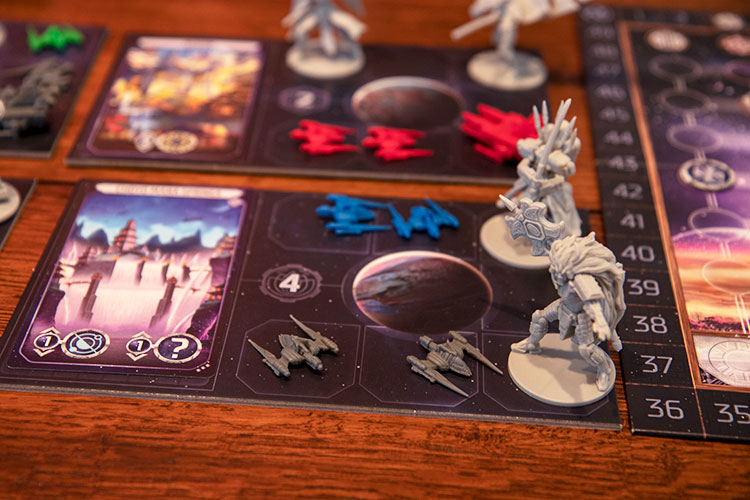
Game Experience:
The first thing you will notice, as with many other titles from Plaid Hat Games, is the great production values in the game. The artwork and minis are both fantastic. Those samurai mechs are just begging to be painted. That being said, I think it was a glaring omission from the publisher to not included colored plastic rings to go around the mech’s bases. During the game is can be very difficult to tell who owns each mech. We had to constantly stop the game to check ownership during player’s turns.

My favorite aspect of Starship Samurai has to be the order system. I enjoyed trying to best figure out how to spend my four order tokens each round and decide which order needed to get the highest value marker. I should point out that you can actually boost an orders power by spending money, but that’s usually a rarity as cash is used for a variety of other things.
Despite how great the order system is in the game, it definitely suffers in other areas. The first is how incredibly fiddly the start of a players turn is. Every turn, the player needs to start by checking each area they have units at to see if they have a majority (to gain the location bonus). With four players, this can really bog down the game, especially with the above mentioned mech ownership issue. Players are looking at 64 checks over the course of the game. And since the board state changes often, many times you will have to check every area when it’s back to your turn. It’s also not very intuitive and it’s easy to forget to even check.

My other issue with the game is that it seems to go on just a bit too long as the later rounds begin to feel somewhat repetitive. I think the game could have benefited from shortening the rounds by a few. However, I will say that the order cards do help spice things up. There is a nice variety in the deck that will definitely change up the board.
Speaking of order cards, players should be aware that those cards can be fairly nasty. Starship Samurai has a bit of a “take that” mechanic in this regard. You will be attacking other players, sometimes brutally, with order cards. If that kind of gameplay is not in your groups preferred style, be forewarned.
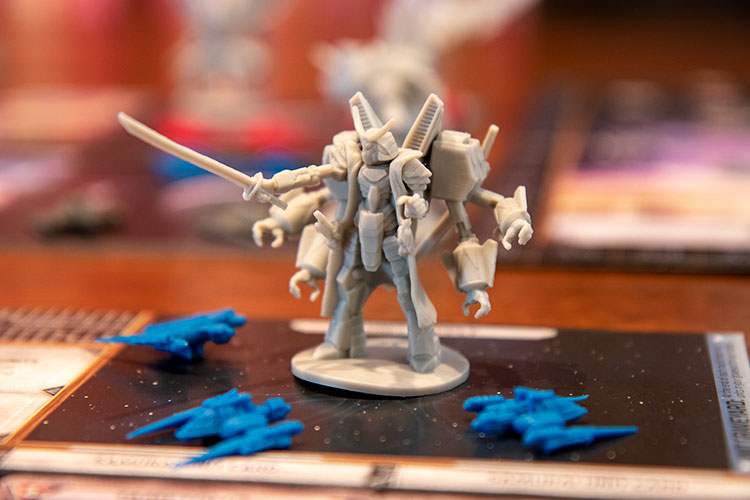
Final Thoughts:
In the end, while Starship Samurai looks great, the gameplay just didn’t hold up for me. The game felt a bit too long and repetitive by the end. This, compounded with how fiddly the turns felt at the start (and the mech ownership issue), caused a game that should feel streamlined to be anything but.
While I did enjoy the variety in the order cards, and the order marker system in general, it wasn’t enough to offset the other issues I had with the game. For a “dudes on a map” area control game, I don’t feel like Starship Samurai does enough where I’d want to get it to the table in favor of a similar type of game. Which is too bad, because visually, it’s a great game to look at.
Final Score: 2.5 Stars – Great looking art and miniatures can’t overcome the issues with the gameplay.
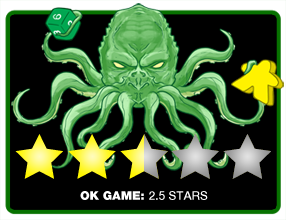 Hits:
Hits:
• Great looking components
• Easy to learn rules
• Order system is fun to play with
Misses:
• Turns can be really fiddly
• Hard to tell mech ownership
• Order cards have a heavy “take that” nature
• Game gets a bit repetitive by the end




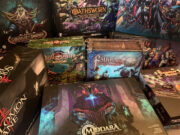







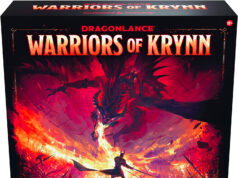











Can you explain what “fiddly” means? I feel like it’s kind of a nondescript term.
“Take that” can be a positive or a negative. Depends on the game for me.
Fiddly can me that the game has a lot of little things that must be done, or excessive bookkeeping, often to the detriment to the overall flow of the game. If you are constantly stopping the action to check something or move some pieces here to there, that can make a game fiddly.